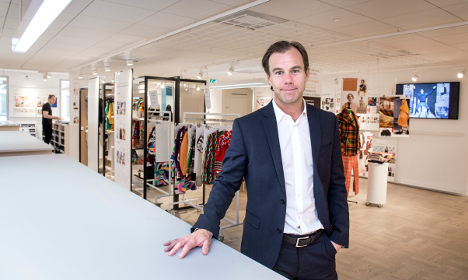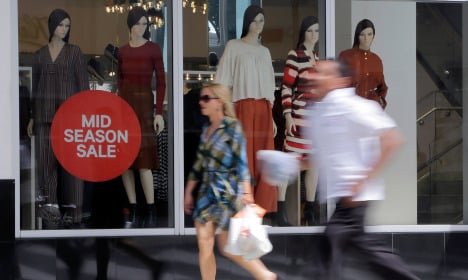The company posted a net profit of 6.45 billion kronor ($780 million) between March and May 2015.
However, it said the stronger dollar had increased the company's costs during the period, and it would have an even greater impact on earnings in the second half of the year.
“The market situation as regards external factors for the purchasing period for the third and fourth quarters of 2015 is considered to be very negative because the US dollar has strengthened substantially against most currencies,” H&M wrote in its report.
In the second quarter, the stronger dollar pushed gross margins down to 59.4 percent, from 60.8 percent a year earlier.
H&M said “cost control in the group remains good”, and attributed the higher costs to “the expansion and the long-term investments within IT and online, and to the broadening of the product range”.
Sales, which ticked in at 45.87 billion kronor, were boosted by new store openings across the world, including Peru's first store in the capital Lima, as well as online shops in eastern Europe among others.
In local currencies, sales rose by 12 percent.
“Sales development was again strong – particularly if we consider the more challenging conditions we faced such as strong comparables from last year, unusually cold spring weather in many of our important European markets and negative calendar effects,” chief executive Karl-Johan Persson said.

H&M chief executive Karl-Johan Persson. Photo: Marcus Ericsson/TT
As of May 31st, the Swedish company had 3,639 stores worldwide, including its other brands COS, & Other Stories, Weekday, Monki and Cheap Monday.
It said it expects to open in India and South Africa by the end of the year.
The group also announced plans to open 900 cosmetic stores, H&M Beauty, starting in July.



 Please whitelist us to continue reading.
Please whitelist us to continue reading.